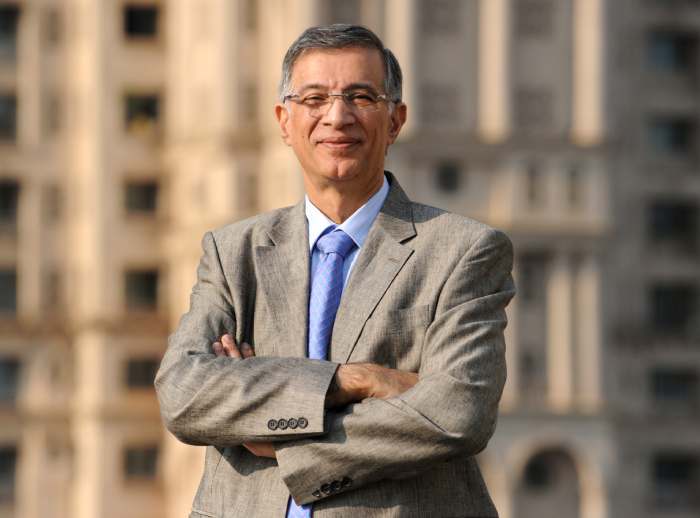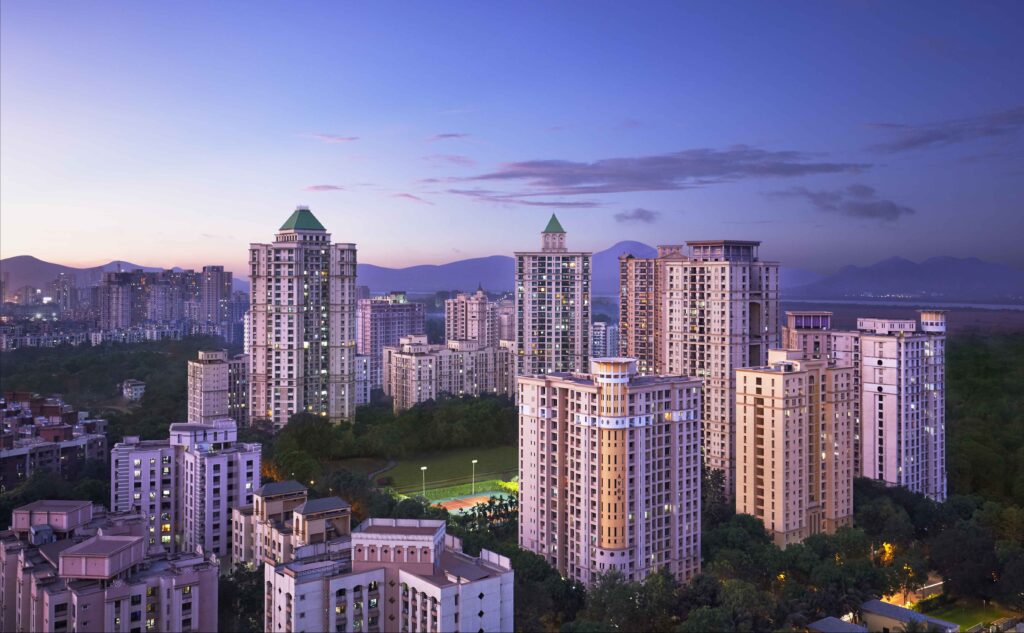
Dr. Niranjan Hiranandani co-Founder and MD, Hiranandani Group

The challenge posed by the Covid-19 pandemic and the resulting crisis has reinforced the importance of sustainable development. The challenge which was faced by humankind and real estate as an industry, in keeping with the ‘new normal’, has brought back to centre-stage the aspect of Green Building construction. It has come across as the best way to achieve sustainable development.
Survival of not just humankind but that of life on Earth is dependent on proper usage as also revival of natural resources in an efficient manner. Real estate as an industry is already working towards adopting innovative practices and complying with the environmental aspects during construction. The aspects which need to be underscored are the limitations and restrictions, as also change in terms of using alternative materials and methodology, which need to be factored in. These few changes, which can be adopted by stakeholders in construction and real estate, will ensure that they meet their commitment to the ‘ecological balance pledge’.

Ensuring efficiency as also reducing damage and wastage to the maximum extent possible are aspects of green buildings, which we can term as ‘building blocks’, which need to be factored in while planning and executing a green construction. These include incorporating sewage treatment plant, rainwater harvesting, use of solar and wind as sources of energy and also using alternative, eco-friendly construction materials. The planning has to ensure sufficient natural light and airy interiors, so that electricity usage is reduced, reducing the impact caused by power generation plants.
These aspects need to be incorporated from the planning stage, and there is the follow up in terms of ensuring that energy efficient resources are used and waste minimized at every stage. The trend so far has been acceptance of green buildings has been quicker when it comes to commercial real estate development. Going forward, one sees the need for residential development to also adopt these concepts, and adhere to the norms of green buildings.
The Hiranandani Group has been a trend setter in this regard, and has been among the industry leaders who have adopted green building concepts during the past few decades. Testimony to this is green building development at integrated township projects, where we can see most of these innovative measures. Energy efficiency of constructions at Hiranandani Group projects is an integral part of quality consciousness, adhering to the aspect of quality construction is playing an important role in construction.
The new age property buyers, post the pandemic crisis, have understood the importance of sustainable development and down the line, the aspect of energy efficiency measures incorporated in the project development will be an important aspect among vital amenities. Effectively, green or energy efficiency will play a major role in construction that meets customer demand not just in the post-Covid-19 world, but also in the near future. As a result, the green building concept is gaining importance across the industry. This concept is about buildings that are built using energy efficient resources and materials, while minimizing waste at every stage during construction and operation of the building, avoiding hazardous impact on nature. Similarly, the construction process should efficiently use energy, water and other resources, while reducing waste, pollution and environment degradation during construction, so that the environment remains safe.

Water is a basic need of human beings, it is key to the very survival of humankind. As we have seen over the years, scarcity of water causes tremendous threat to survival. Water resources are getting depleted and there is an urgent need to address this issue by following alternative usage systems and practices which need to be adopted, and this is an integral part of green buildings. The first step towards a solution to the same can be harvesting water through a rain water harvesting structure which needs to be installed at real estate projects and across cities as part of common civic infrastructure. This solution not just will help us restore natural water as also recycle it for other alternative usage which will reduce the burden through consumption of additional natural water from reservoirs.
The twin advantages of rain water harvesting are that on one hand, it enables rain water storage which can be used as a source while also increasing the level of the water table. In the immediate usage aspect, harvested and stored rain water can be used in the non-rainy season to meet secondary water needs like flushing. At Hiranandani townships, this is done at two levels – roof water harvesting or ground water recharge as also reuse of the harvested rain water. At the Hiranandani townships, this initiative has been followed because a large quantum of rain water just going down the drains was seen as a waste of the important resource. Instead, creating a system which took this rain water and used it to increase the water table in the area. The functioning of the system is simple: it is about reducing the speed of water draining away, effectively giving it time to settle down and percolate. This automatically recharges the groundwater, and eliminates water scarcity in the area.
Another important green measure followed at Hiranandani townships is sewage treatment and garbage recycling, which results in bio-organic fuel as also methane generation. The bio-fertilizer is used for green plantations in the township. The water treatment plant recycles water for reuse in secondary purposes like gardening, flushing, cleaning etc. These measures ensure decrease in dependency of external water from local self-government authorities like the BMC. This results in less amount to be paid as water charges and also less impact to the natural water level in the area. Among the other energy efficient resource is usage of wind and solar energy to regenerate electric power in a nature-friendly manner
Going beyond just the aspect of Green buildings, at Hiranandani projects we term these as innovations, which follow principles of reducing impact on the environment. These include orienting the building in a way that reduces direct sunlight in the interiors, which results in lower HVAC costs. Rainwater Harvesting and reuse of rainwater go hand in hand with usage of water efficient plumbing fixtures. Sewage treatment plant for each building with reuse of STP treated water for flushing, gardening and cooling applications. Maximizing use of day lighting which also means maximizing outdoor views. Use of high performance double glazed glass for windows/facade. A double wall construction which reduces heat ingress in the building which goes in sync with use of energy efficient air conditioning system along with thermal storage. Use of occupancy sensor in non-emergency common areas reduces electric power usage, while use of solar energy for common area lighting and water heating whenever applicable. And, effective handling of segregated, organic waste through OWC or Methanation plant. These are measures which are a part of all Hiranandani Townships, and can be adopted by other stakeholders in real estate and construction.
To sum up, the important sustainability targets that the real estate and construction industry should follow are: 1. Use of Solar and wind power; 2. Use of recycled material like fly ash for construction; 3. Use of energy efficient modes like thermal storage; and 4. Use of recycled water for all non-potable applications like Flushing, Gardening, Cooling and Construction activities. While it is an accepted fact that cost of going Green costs more when compared to traditional construction, the reality which we have observed over the years is that it pays off in the long run. And, it is something that we owe to future generations to come – so, Green Building technologies should be implemented to the maximum extent possible.



Be the first to comment